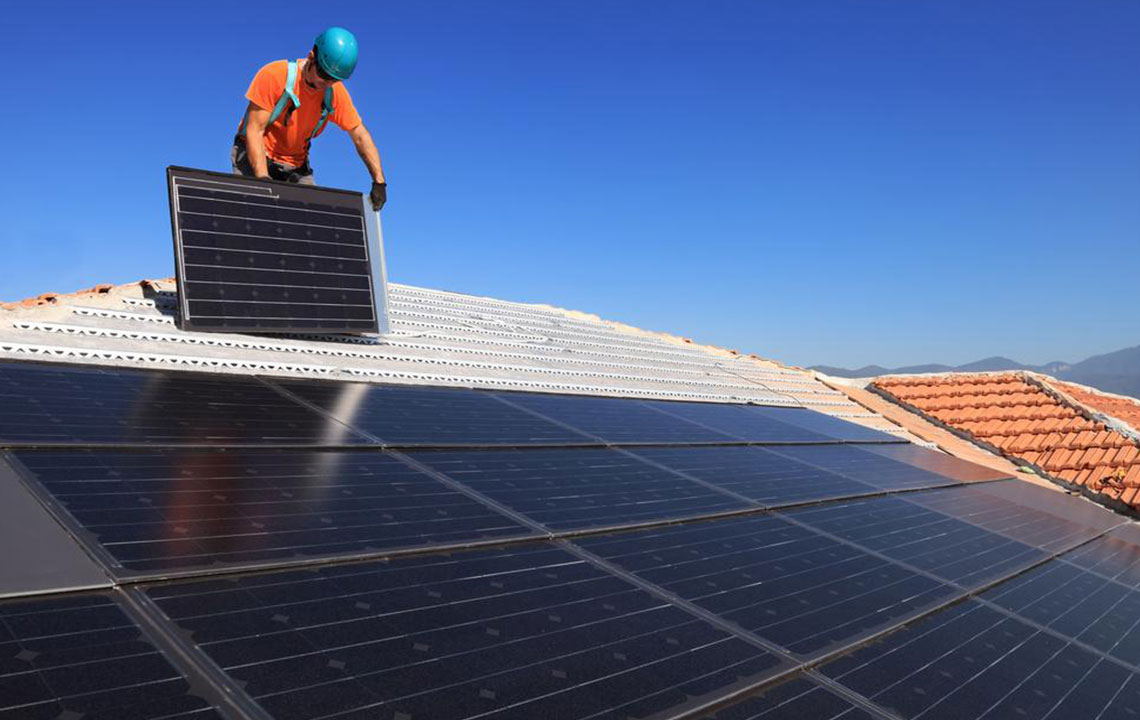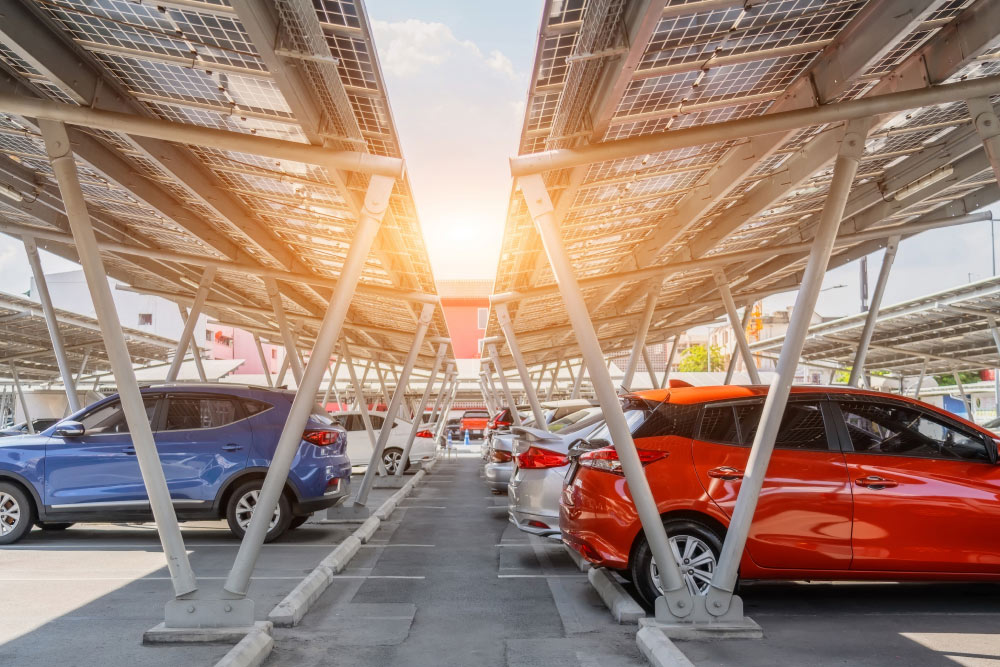Guide to Selecting the Perfect Portable Power Generator
Discover expert tips for selecting the ideal portable power generator to meet your outdoor, travel, and emergency needs. Learn about key features like capacity, battery type, output power, and charging options to make informed decisions and find high-quality, eco-friendly stations from top brands, ensuring reliable energy supply wherever you go.

Guide to Selecting the Perfect Portable Power Generator
Portable power generators are essential tools for anyone needing reliable electricity on the go. Unlike small power banks designed for phones, these stations provide power for larger gadgets like mini fridges, drills, projectors, and drones. Compact and easy to carry, portable power stations feature high-capacity batteries that ensure consistent energy supply during outdoor activities, travels, or off-grid living. Understanding key aspects before purchasing helps users choose the right model that fits their needs and budget.
Typical Price Range for Portable Power Units
Prices vary widely based on features and brand reputation. Premium models from popular brands usually start around £320 and can go beyond £1,400. Costs depend on factors such as added functionalities, ports, and overall build quality, with high-end options offering advanced features for demanding users.
Main Factors to Consider When Buying
1. Power Capacity
Measured in watt-hours (Wh), capacity indicates how long your devices can run or how many charges you get. For instance, a 200Wh unit can recharge a smartphone about 12 times, whereas an 800Wh one could do so roughly 62 times. Higher Wh ratings mean more stored energy and increased power availability.
Outdoor enthusiasts prefer larger models for extended use, though they may cost more. Smaller units are ideal for basic needs and budget-conscious buyers.
2. Battery Technology
Batteries are core components in these stations, often lithium iron phosphate (LiFePO4). They are chosen for their thermal stability, low weight, high energy density, resilience, and eco-friendliness, providing dependable power over long periods.
3. Output Power
This determines how many devices and what types can operate simultaneously. Higher output units can run larger appliances like mini air conditioners or hair dryers, suitable for more energy-intensive tasks. Selecting a model with sufficient power ensures versatility and efficiency.
4. Charging Options
Most stations can be recharged through AC outlets, solar panels, or 12V vehicle ports. Fast-charging capabilities and multiple input options increase convenience and flexibility. Choosing a model that supports rapid recharge and varied inputs is advisable.
5. Budget Considerations
While premium models include extra features, affordable options can still meet basic needs like device charging. Evaluating your specific requirements and budget ensures the best investment.
Additional factors such as portability, maintenance, environmental impact, and runtime are important in making an informed choice.
Advantages of Portable Power Stations
1. Emergency Power Backup
The stations provide a reliable energy source during power outages or emergencies, keeping essential devices charged and maintaining communication, safety, and comfort.
2. Eco-Friendly Power Solutions
Many models can be charged via solar panels, offering renewable, clean energy. This reduces reliance on fossil fuels and supports sustainable living practices.
3. Perfect for Outdoor Use
Lightweight and portable, these stations enhance outdoor experiences by powering gadgets during camping, hiking, or RV trips, making adventures more comfortable and less stressful.
Top Brands
Leading manufacturers such as Jackery, Anker, EcoFlow, and Bluetti are renowned for their reliable, efficient, and eco-friendly portable power solutions that can charge multiple devices simultaneously.


